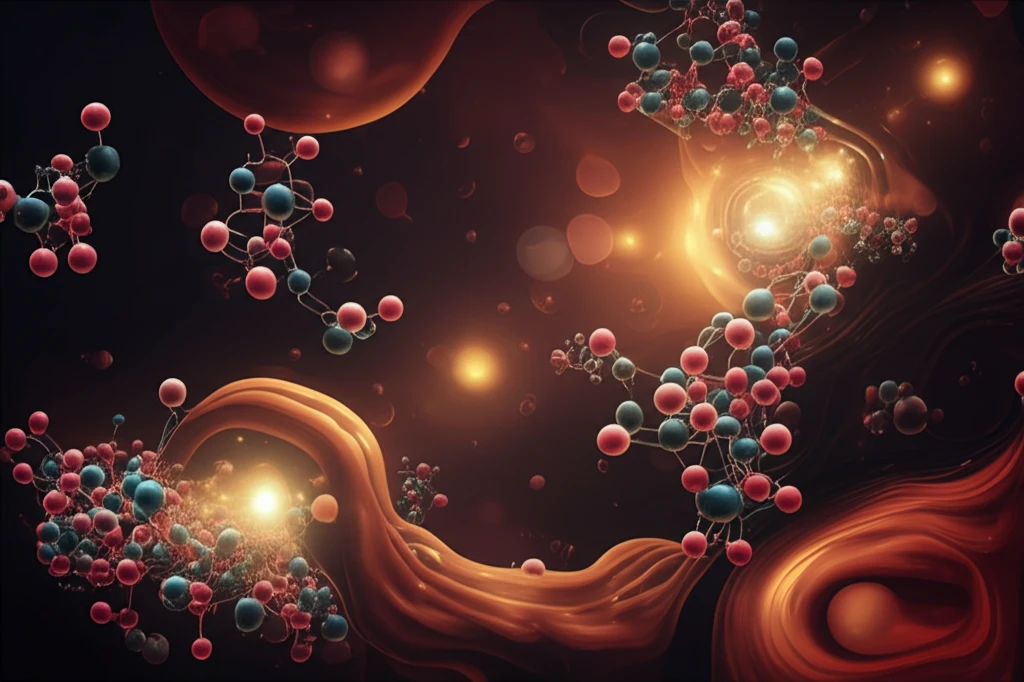
Unlocking Molecular Mysteries: How Solvents Shape the Future of Chemistry
"From drug delivery to advanced materials, understanding solvation effects is key to groundbreaking innovations in supramolecular chemistry."
Many fundamental biological processes are orchestrated through noncovalent interactions, such as enzyme-substrate and receptor-guest pairings. Supramolecular systems, built from molecular blocks, rely on these reversible interactions, including electrostatic forces, hydrogen bonds, and hydrophobic effects. In solution, host-guest assemblies exemplify these interactions, with a host receptor selectively binding guest molecules. The delicate balance hinges on overcoming individual solvation to form these complexes.
However, the interactions within supramolecular systems are inherently weaker than covalent bonds, demanding reversibility for functions like sensing and catalysis. This sensitivity makes supramolecular systems susceptible to experimental conditions, notably temperature and solvent properties. Therefore, the role of solvation in a medium profoundly influences the complexation thermodynamics and kinetics between a supramolecular host and its guest.
Solvation isn't merely a backdrop, but an active participant, with the forces between host, guest, and solvents dictating solubility. As K. Kanagaraj, M. Alagesan, Y. Inoue, and C. Yang highlight in 'Solvation Effects in Supramolecular Chemistry,' apparently complicated solvation/desolvation behaviors of diverse supramolecular host-guest systems lead to different thermodynamic parameters. Nevertheless, a systematic analysis of the large set of experimental complexation thermodynamic data by the Grunwald theory for the compensatory enthalpy-entropy relationship can lead to a rational understanding of the relevant solvation/desolvation processes.
How Does Solvation Impact Supramolecular Recognition?

Solvation profoundly influences host-guest binding, determining whether a complex will form. The extent of solvation hinges on the solvent and host-guest system, with organic solvents generally having similar desolvation energies, while aqueous solutions demand significantly higher desolvation energies. Thus, solvent choice, particularly water, greatly influences complexation strength.
- Solvophobic Effect: The desolvation of regularly arranged solvent molecules on the host and guest increases entropy when released into the bulk solvent. This often compensates for entropy decrease from complex formation, driving the process.
- Surface Tension: Intermolecular forces between host-guest and solvents determine solubility. Solvophobic theory and surface tension help elucidate the interaction's energy.
The Future of Solvent-Driven Chemistry
Understanding solvation's effects on supramolecular interactions is crucial for insights into both natural and synthetic systems. Such knowledge facilitates the design of intricate molecular machines and provides avenues for novel materials and technologies.
